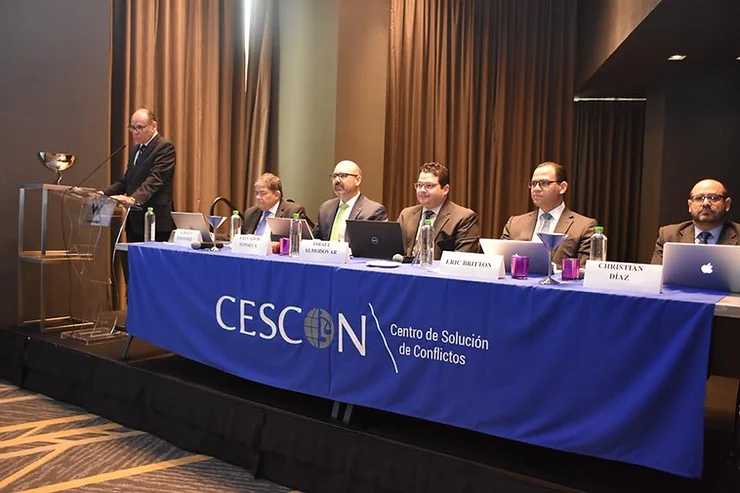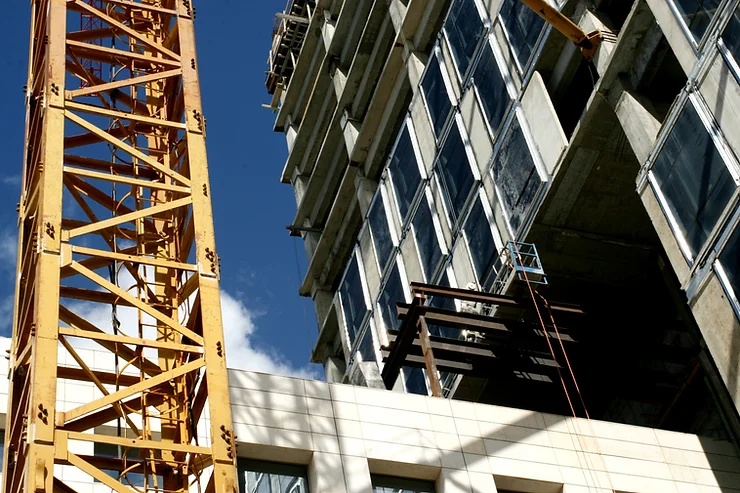The action, which will be the subject of analysis in this article is provided as part of the contract of lease of work which has as its object a person to call a contractor or architect is required to perform a work task or work given benefit of another called the owner who in turn is obliged to pay the price or remuneration. From the point of view of the perfection of the contract is relevant to note that it is consensual, that is to say, it is enough that the parties will reach agreement in respect of the work that has to be done and the price that must be paid so that it is held without need of solemnity any.
The contractor, also called the employer or the workman, made a provision of services with freedom, autonomy and independence from the owner because if there was a relationship of subordination is to be a contract of employment subject in its legal regime to the rules of labour law. To carry out the object of the contract work, the contractor held other contracts whose mode can be working or the provision of services with other subjects unrelated to the first legal relationship called subcontractors.
In principle, one would consider, then, that for any breach of the obligations in favor of the subcontractor responsible should be the contractor. The Panama law provides for an exception to the direct action where the subcontractor may claim from the owner to the obligations owed to the contractor but only up to the amount that is owed to who executes the action, that is to say, the sub-contractor.
It is referred to as direct action because there is no relationship to conventional or contract that the parties to the proceedings immersed in it, that is to say, the owner of the work and the subcontractor, to be considered among themselves, a third party if there were a law that provides that the subcontractor as a creditor to be able to operate on certain credits of the debtor, to the exclusion of other creditors, which gives a characteristic of unique and represents a sort of guarantee enhanced for the subcontractor.
The doctrine has been considered that more than one action is a right that certain creditors, which are characterized by the non-requirement of the previous exercise, or concomitant against the principal debtor (contractor).
Likewise, the creditor acts in their own right and in its sole interest, since the subject matter of the claim is in regard to his own credit, he never refers to the position of the principal debtor. Therefore, it is different, independent or autonomous right of credit held by the contractor against the owner of the work.
In addition to being direct, converge the two limits, objective and temporary. The objective refers to the fact that it does not extend to all the obligations owed by the contractor to the subcontractor, finds its margin on which the owner owes to the contractor. The temporary refers only to the time of the claim, there has been a discussion about whether this limit refers to the filing of the complaint or the possible requirement is performed by the subcontractor to the owner of the work; what should be clear is that the credit must be enforceable against the contractor.
This limitation is intended to protect the rights of the contractor, in particular their heritage to what is owed by reason of the construction contract.
The utility of this action is found in the procedural economy not only for the State, also for the party benefited by this, that is to say, the subcontractor, so you can ignore to a process for those who do not have economic availability to execute its obligation to pay, and directly bring an action against the owner of the work, who may have the better economic solvency. That is to say, even if you already ran an action against the contractor that was unfavorable for the subcontractor to be the first in a legal situation of suspension of payments or insolvency interim, the subcontractors may exercise action directly against the owner of the work. In conclusion this action is a true measure of execution with a purpose of payment of a monetary obligation.
This action is envisaged in the Civil Code panamanian article 1349 as well:
“Those who put their work and materials in a work executed alzadamente by the contractor, have no action against the owner of her until the amount owed to him when he makes the claim”.
Is limited to the sub-contractor to exercise the rights and actions of the contractor, who is the principal debtor, without the need to pursue, in advance, the goods of this. Making it clear that they are the rights of the contractor against the owner, but only the amount that is owed to the subcontractor, that is to say, assert the rights of the contractor to obtain payment of their own credits.





